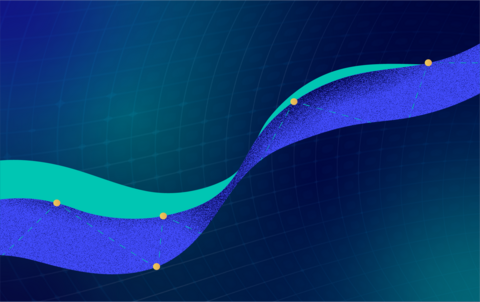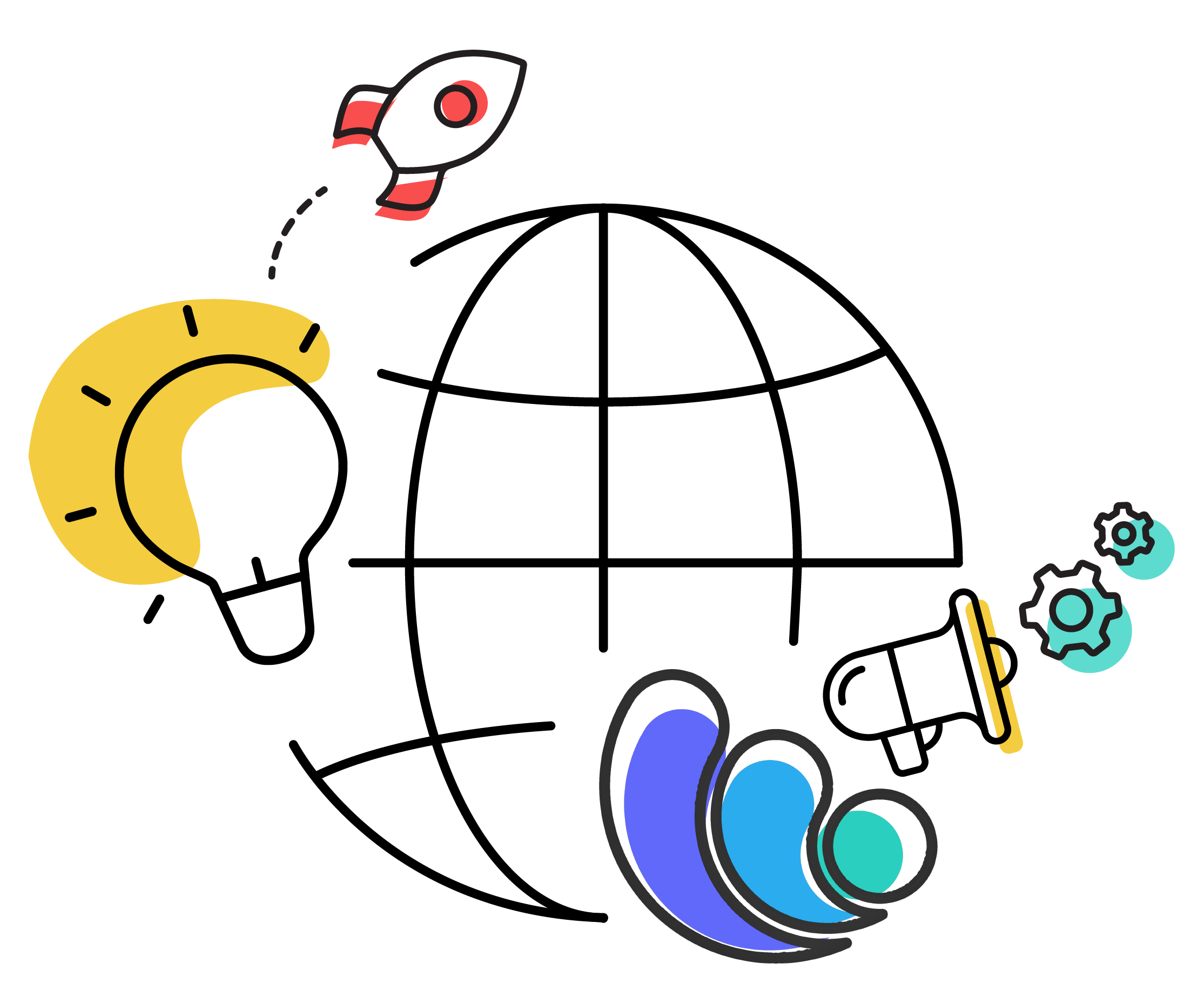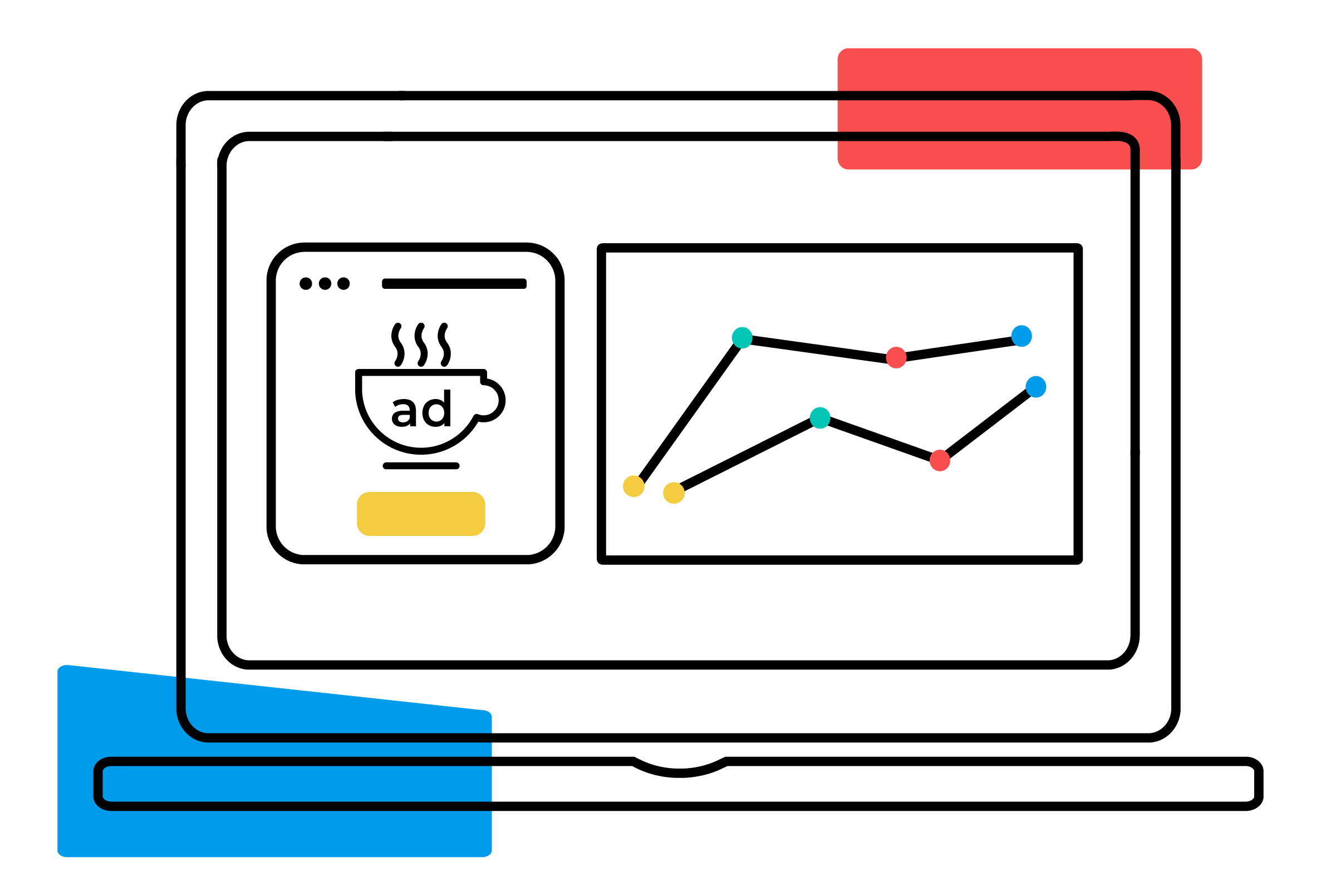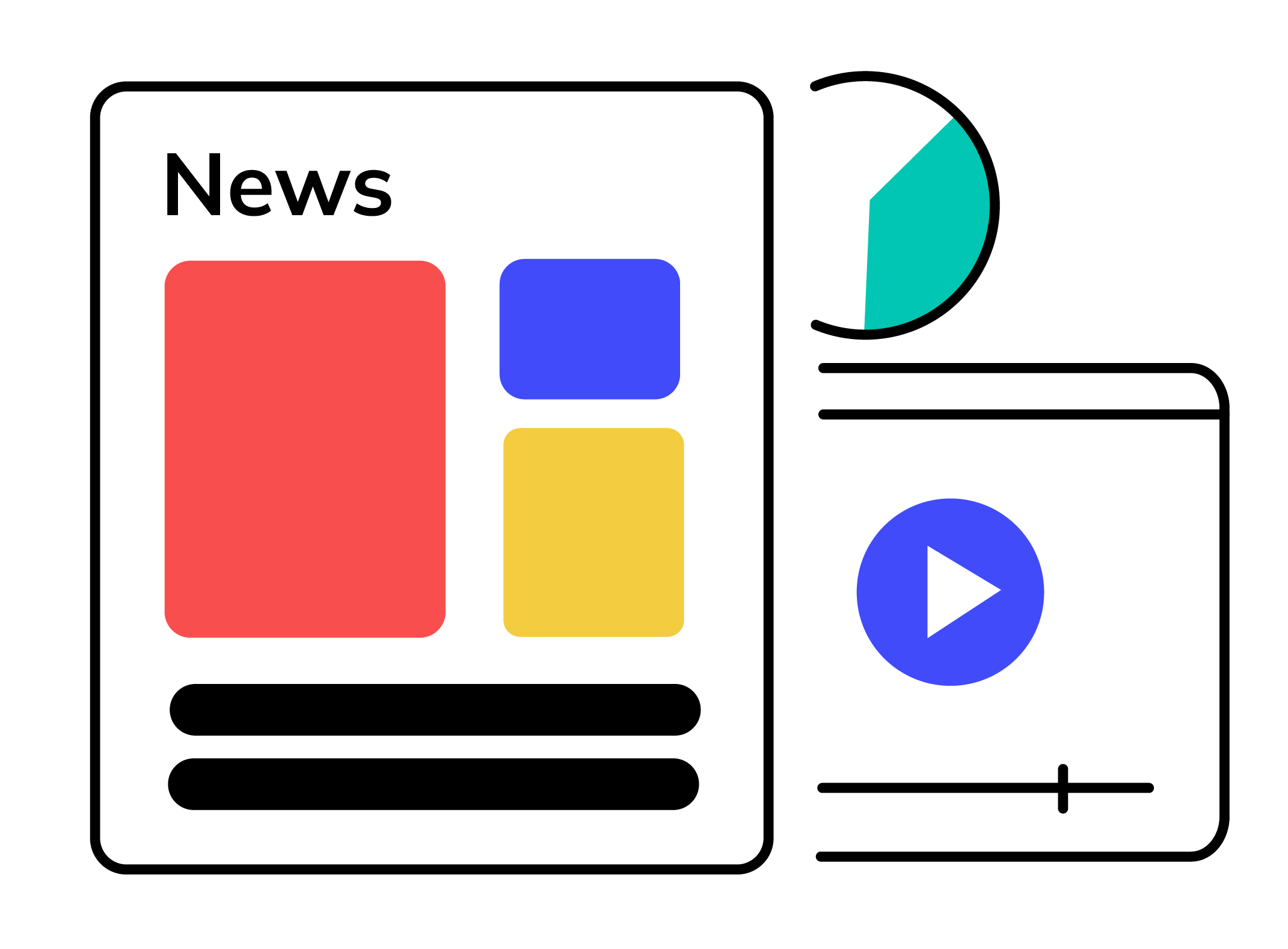


For the last decade, Nielsen, along with Comscore, VideoAmp, and iSpot, have endeavored to measure all forms of digital media activity and pair that with linear TV measurement. As the ability for more granular, real-time data increased, creating a comprehensive solution became the imperative. Mediaocean has supported these advanced currency providers (ACPs) and worked to integrate their offerings into our application. Read more about our progress and roadmap at Mediaocean.com/currency.
Nielsen’s new Big Data + Panel initiative is the latest innovation to help companies and brands understand and respond to consumer needs, with precedent for such combinations being set years ago by Comscore + Rentrak and integrations into our advertising infrastructure.
Big Data + Panel Methodology
In the TV measurement space, big data refers to return-path data (RPD) from cable and satellite set-top boxes, as well as automatic content recognition (ACR) data from internet-connected smart TVs. With Big Data + Panel for National TV, ACPs partner with companies like Comcast, DirecTV, Dish Network, Roku, and Vizio, providing access to granular data from tens of millions of households (and many more millions of devices) in the U.S. ACPs can also incorporate first-party data from participating streaming services to help measure audiences for live streaming events.
With Big Data + Panel, we can now go farther than device-level data, verifying at the person-level with panel data. For instance, when Nielsen analyzes RPD or ACR data, the company can identify what devices are part of its panels and compare the tuning data in those homes to the individual viewing behavior captured by Nielsen meters. By using panels as a source of truth, ACPs have robust methods to calibrate big data, assign viewing to the right individuals, and project audience estimates to the entire TV population, not just those in the big data dataset.
By combining these two data types, Big Data + Panel provides a deeper understanding of consumer behavior. The traditional panel ensures demographic representation, while big data brings in the speed, scope, and variety of consumer interactions in real-time.
Key benefits of Big Data + Panel
- More accurate measurement: By combining panel-based data with big data, ACPs can offer more accurate insights into consumer behaviors. The model is designed to account for discrepancies between what consumers report and what they actually do, ensuring that brands get a truer picture of their audience.
- Real-time analytics: Big data provides the advantage of real-time measurement. Brands no longer need to wait for periodic surveys or focus groups to understand how consumers are interacting with their products or media, leading to quicker, more actionable insights.
- Cross-platform insights: With media consumption increasingly fragmented across devices and platforms, Big Data + Panel enables a unified view of consumer activity. Whether it’s watching TV, streaming content, shopping online, or browsing social media, companies can see how different behaviors correlate and influence each other.
- Consumer segmentation: The Big Data + Panel offers a refined approach to segmenting consumers. Using advanced data science techniques, ACPs can categorize consumers based on a multitude of factors, providing brands with insights into the preferences and behaviors of niche markets or specific demographic groups.
- Predictive capabilities: With more accurate and comprehensive data, a Big Data + Panel approach enables predictive analytics, allowing brands to forecast trends, consumer behavior shifts, and potential market opportunities before they become apparent through traditional methods.
How brands can leverage Big Data + Panel
The potential applications for this new data model are vast, ranging from marketing and media planning to product development and consumer loyalty strategies. Here’s how various industries can leverage ACPs with Big Data + Panel approaches:
- Advertising & media: By understanding real-time consumer behavior, advertisers can create highly targeted campaigns that resonate with the right audience at the right time. Additionally, the cross-platform insights allow for better media planning, ensuring that messages reach consumers on the platforms they use most.
- Retail & e-commerce: Retailers can analyze shopping habits across both in-store and online environments, helping them refine pricing strategies, optimize inventory, and personalize offers. Predictive analytics can even suggest new product launches based on emerging consumer trends.
- Consumer packaged goods (CPG): Brands in the CPG sector can track consumer preferences and purchasing behaviors more accurately, enabling them to refine their product offerings and marketing strategies to better meet demand.
How brands can incorporate Big Data + Panel into media planning and buying
Here are some ways brands can incorporate ACPs into their current processes:
- Developing a strategy and approach to media investment
- Audience insights: Leverage ACPs' sophisticated data analytics to gain deep insights into your target audience. This helps in tailoring your media strategy to effectively reach and engage the most valuable segments.
- Dynamic budget allocation: Use real-time data and predictive analytics from ACPs to dynamically allocate your media budget. This ensures optimal spend across channels and maximizes return on investment.
- Performance tracking: Implement robust tracking mechanisms to monitor the performance of your media investments. ACPs can provide detailed performance metrics to help you make data-driven decisions and continuously optimize your strategy.
- Refining reporting and measurement
- Data integration and utilization: How do you integrate data from ACPs with other data sources?
- Optimization techniques: What specific optimization techniques should you use based on the data provided by ACPs?
- Transparency and reporting: What level of transparency can be expected in reporting, how frequently will you receive updates, and what kind of insights will be included?
- Change in perspective/perception with openness to new data sets
- Adopting new metrics: Be open to adopting new metrics and KPIs provided by ACPs. These can offer fresh perspectives on campaign performance and highlight areas for improvement.
- Cross-channel synergy: Embrace the integration of data across multiple channels to gain a comprehensive view of your media strategy. This helps in identifying synergies and optimizing cross-channel performance.
- Continuous innovation: Foster a culture of continuous innovation within your marketing team. Encourage the exploration of new data sets and methodologies to stay ahead of industry trends and enhance campaign effectiveness.
As ever, the challenge is the complexity of integrating and analyzing such large datasets. Brands and their analytics and insights teams will need to invest in the right tools and expertise to fully harness the potential of this combined data source.
Mediaocean remains committed to supporting the ecosystem with tools and workflow to capitalize on opportunities provided by ACPs and Panel + Big Data methodologies. Learn more about all our integrations and path forward for a converged TV future here.









